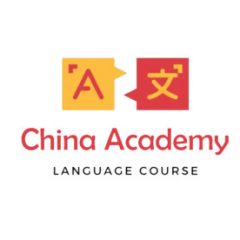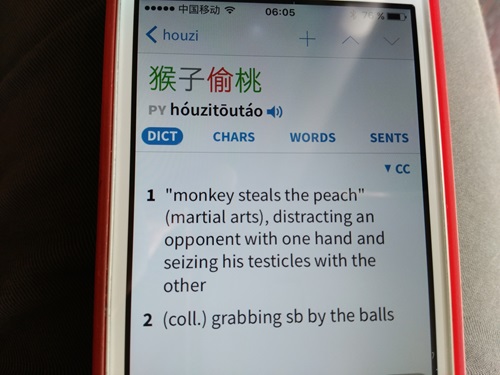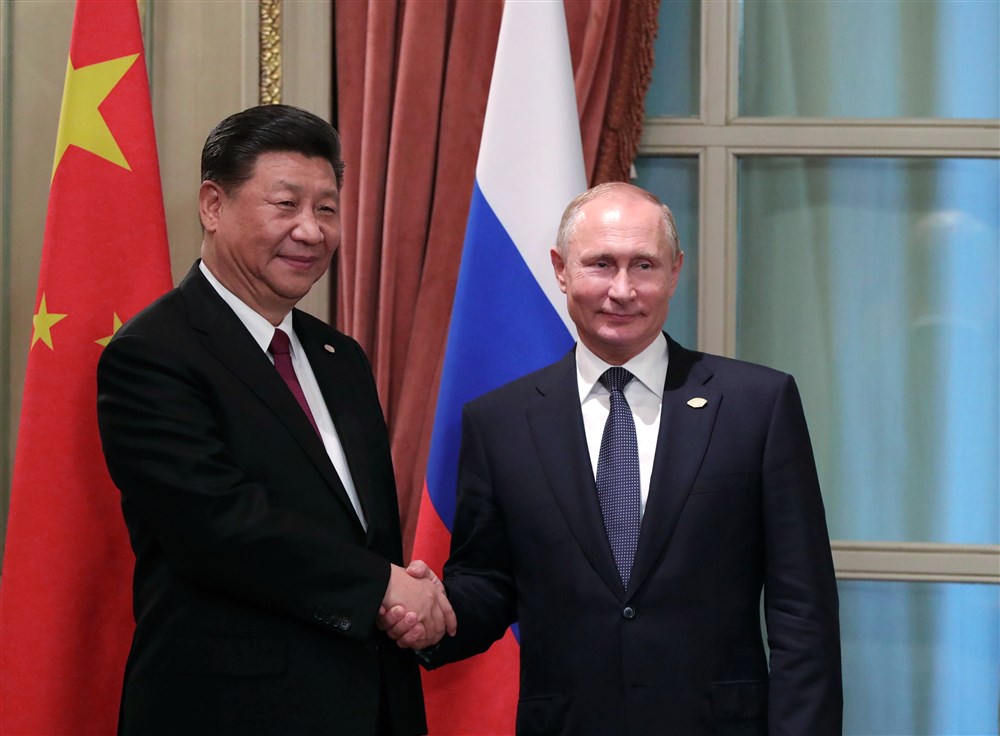Learning Chinese, the language of over a billion people, has always been an intriguing endeavor for language enthusiasts. But for learners the landscape has changed a lot over the past 40 years. Let’s look back and reflect the differences of learning Chinese 40 years ago compared to the present-day situation. How much easier has learning Chinese become?
A glimpse into the past: learning Chinese in the 80s and 90s
Listening to a highly interesting episode from the I’m Learning Mandarin Podcast by Mischa Wilmers, I started wondering what it must have been like to study Chinese in the 80s and 90s. Mischa’s guest was David Moser, an Associate Professor at Beijing Capital Normal University, who self-studied Mandarin 40 years ago, when smartphones with dictionaries apps like Pleco and other essential online learning tools had yet to be invented. He’s also the author of one of the most legendary blog articles about learning Chinese called “Why Chinese is so damn hard?“, which sums up all the difficulties Chinese learners face. This article is a brief reflection on the differences between learning Chinese back then and now.
By three methods we may learn wisdom: First, by reflection, which is noblest; Second, by imitation, which is easiest; and third by experience, which is the bitterest.
Confucius
The resources I started with
I started learning Chinese at a time when there were already a number of apps available, apps like Pleco, Skritter, Anki for example. But textbooks and audio were still the most important in my experience. After all, when learning a complete new language as an adult, you need structure to guide you. Back then, learning apps were still something new that my Chinese teachers didn’t know about.
However, when I think of famous polyglots such as Steve Kaufmann, Chris Lonsdale and the aforementioned David Moser, there seems to be a generation gap, not just in terms of age, but also in terms of learning. You feel that studying Chinese at that time – we are talking about the 80s & 90s – was fundamentally different from today.
The impact of the internet and technology
What was so fundamentally different is obvious: the internet and all the possibilities it has brought with it in a relatively short time. Did you know that as of today over 86% of the world population owns a smartphone?
While today you no longer know where to start due to the range of apps, audio & video content, books and other materials, at that time resources were far more limited. To study Chinese you had to physically go to a university and take Chinese classes. Of course, that wasn’t for everyone, so you only learned Chinese with a handful of people or maybe even just with a teacher.
The limited teaching materials of the past
From what I know Chinese learners had only a very limited learning materials to choose from. I wouldn’t be surprised if you’d still been using the good old textbooks from the time of Mao Zedong. Textbooks used for language class tend to lag behind anyway. This implied falling back on whatever you could get your hands on: Chinese newspapers, magazines, even restaurant menus, but no material adapted for learners such as graded readers and the like.
Imagine every time an important new character popped up, instead of opening Pleco or another dictionary app you’d grab for your paper dictionary and probably spend several minutes searching for the definition. I learned this skill during my studies, but I never became very proficient at it, simply because there were faster means available. After all, why would you go through the trouble of boiling water over a fire when you can simply turn on your electric kettle?
But things are so much easier now than they were back then, that I would change the title. The title was “Why is Chinese so damn hard”. I think I would change the title to ‘why is Chinese so darn hard”.
David Moser
The adventure of learning Chinese back then
What I see as an advantage of that time is that learning Chinese was even more of a personal adventure than it is now. It was just such an unlikely move to make. A longer stay in China at that time was also something different than today where many people I know have at least visited Shanghai or Beijing. Back then, you did something that almost no one else did. Many Chinese had never seen a foreigner. To them you were like someone visiting from another planet.
The drawbacks of the old ways
I don’t want to romanticize it though. The list of cons is longer from my perspective. To start, access to useful resources was extremely limited. Learners of Chinese were facing a lack of various kinds of supporting apps available today for learning to read, writing Chinese characters, training vocabulary and smart dictionaries with various input methods. The variety of teaching materials was poor.
In addition, you were pretty much on your own without the support of like-minded people. Not many folks could relate to what you were doing. A bit like joining the CIA maybe: very life-changing, but not something to be discussed with others. The level of Chinese language education was also lower, because Chinese as a subject for foreigners was not as developed as it today. Chinese teachers taught Chinese pretty much as Chinese children were being taught their language. All these things were far from optimal.
The benefits of learning Chinese today
I think I have indirectly mentioned the benefits of learning Chinese today. The resources we now have at our disposal make learning Chinese so much more convenient and possibly efficient than it used to be. Chinese language Immersion is possible without leaving your room. There is simply so much content available, be it authentic or simplified for learners. Finding suitable learning content is not a big deal anymore.
The wealth of knowledge and community support
In addition, there is so much more knowledge about learning Chinese available. This blog is just one example. Also consider the multiple social media channels and forums where people share tips. If you want, you can always find others to learn Chinese with. Finding tutors or teachers has also become so much easier and more affordable.
Navigating the abundance of resources
The downside is that because of all those resources you often don’t know what the best choice is in your situation. Which tools and resources should you start with, what should you ignore? These are difficult issues. If you use your phone to study, distraction often is a problem. Messages come in, other apps call for attention. Moreover, technology should not get in the way of real communication with real people. After all, that’s what it’s all about.
Conclusion
The moral of this story? There is of course a lot to learn from both learning situations. I will immediately admit that I look up to people who studied Chinese 40 years back. After all, they had it a lot more difficult than we do now.
The great thing about the 80s and 90s in my eyes is the adventure and purity. You had to be really determined and passionate to master the Chinese language at that time. Not everyone, but most thought you were crazy and no one understood what you were up to. You had no choice but to connect with Chinese culture and engage in real communication, whether you were ready or not.
There is still a lot to learn from that passion, purpose and sense of adventure. But you probably should combine it with smart use of modern learning tools without being overwhelmed by the great choice out there. In limitation also lies strength.
Affiliate links
Disclosure: These are affiliate links. They help me to support this blog, meaning, at no additional cost to you, I will earn a small commission if you click through and make a purchase.




